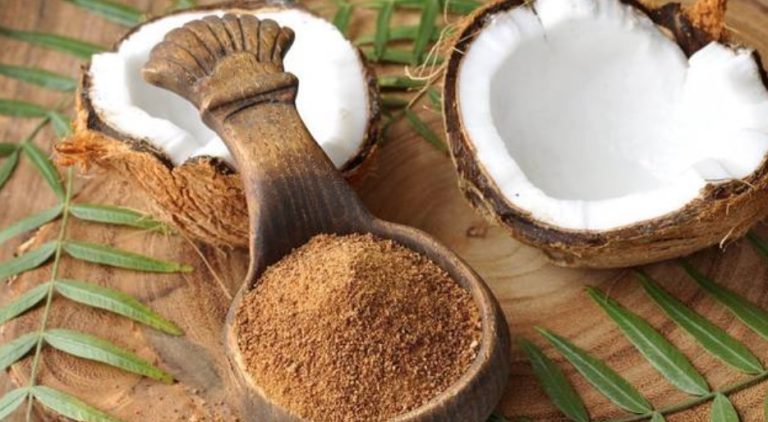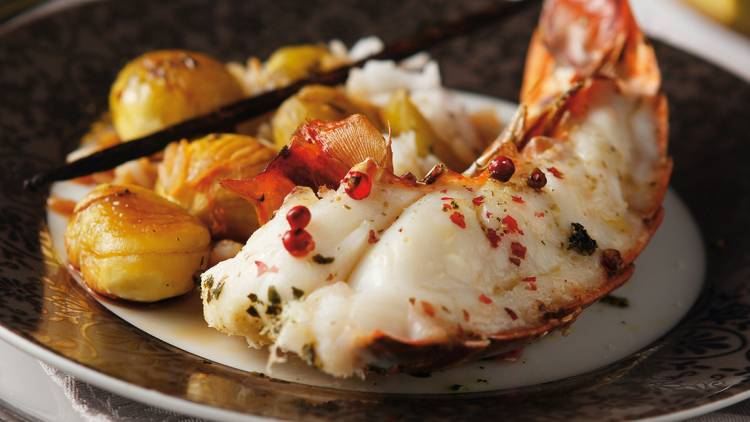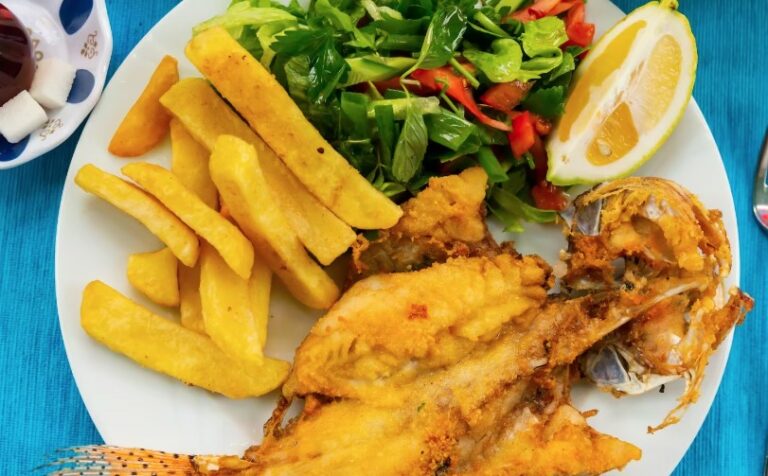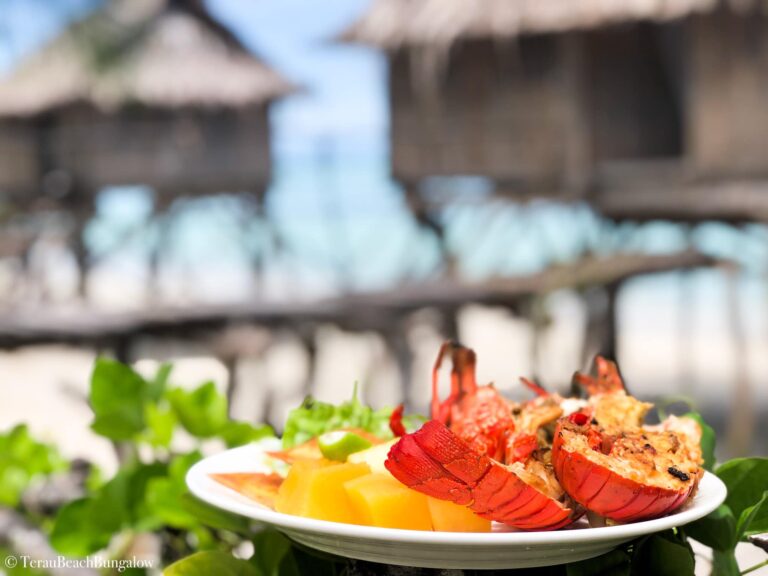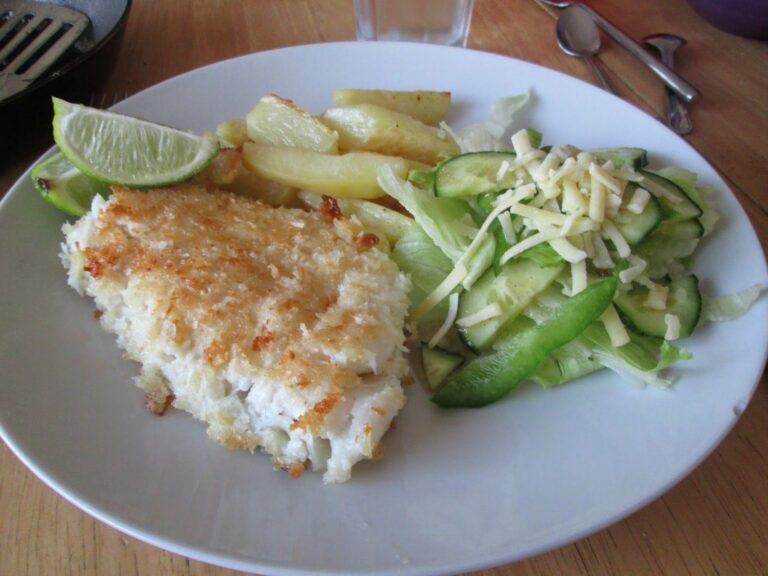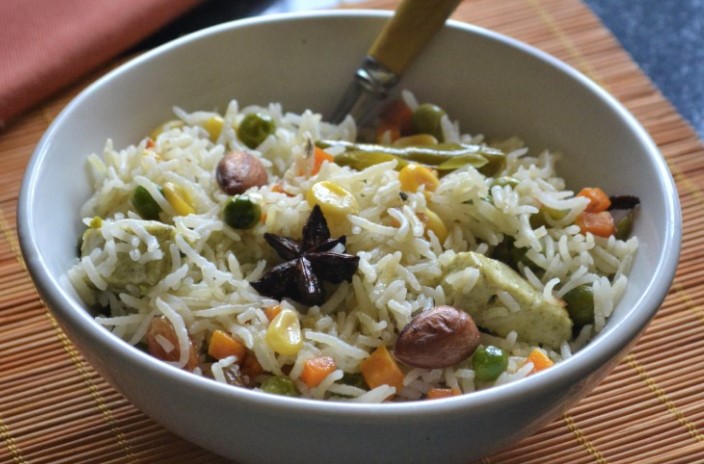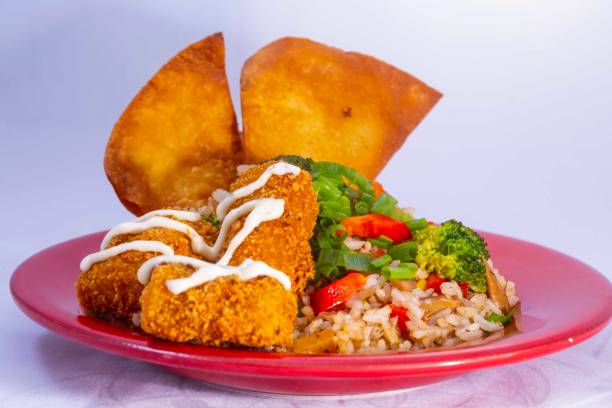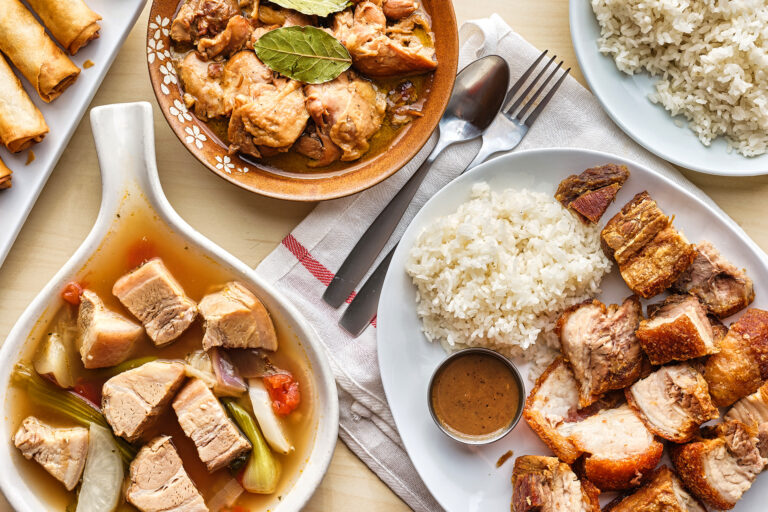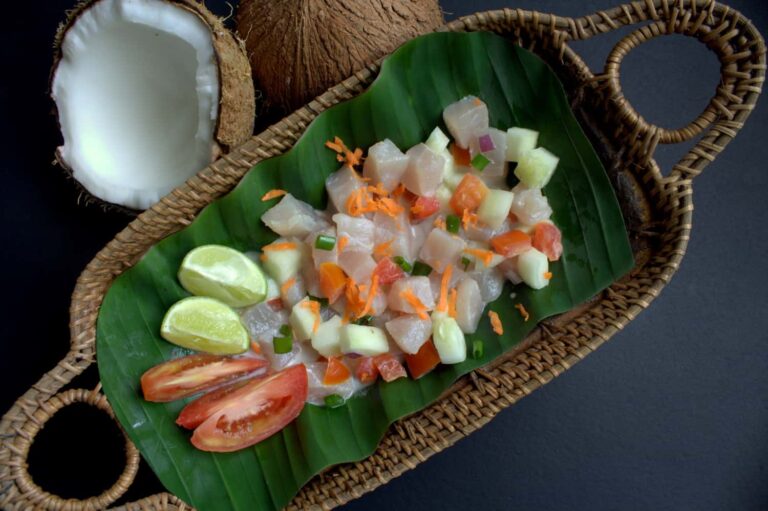Coconut blossom sugar is also called palm sugar and is an alternative to white table sugar. Many manufacturers advertise that coconut blossom sugar is also healthier – but is that really true?
There are numerous sugar alternatives that you can use to sweeten coffee or yoghurt. One of them is coconut blossom sugar. It is said to be healthier than white sugar because it causes blood sugar levels to rise very slowly. The theory goes that the body metabolizes less insulin and you have fewer food cravings. However, there are still no meaningful scientific studies on this.
Coconut Blossom Sugar: Healthy Sweetness or Calorie Bomb?

In terms of calories, coconut blossom sugar is anything but healthy: the sugar substitute contains 384 calories per 100 g. For comparison: In white sugar it is not much more with 400 calories per 100 g.
The carbohydrates contained (approx. 90 g) correspond to the amount found in white sugar (approx. 100 g). In addition, the nutritional information varies from manufacturer to manufacturer: Some advertise that coconut blossom sugar contains a particularly large number of vitamins and minerals. However, these promises should be treated with caution. Because to get a health benefit, you would have to consume several kilos a day.
Cooking and baking with coconut blossom sugar?
You can replace coconut blossom sugar 1:1 with white sugar. Because coconut blossom sugar is almost as sweet, despite its name, it doesn’t taste like coconut. Its caramel note is well suited for desserts.
However, you should not use coconut blossom sugar for baking: it easily forms lumps in the dough and does not rise as well as white sugar. If you cook with coconut blossom sugar, you have to keep in mind that the sugar dissolves very slowly. You should therefore plan a lot of stirring and a few minutes more time.
How sustainable is coconut blossom sugar?
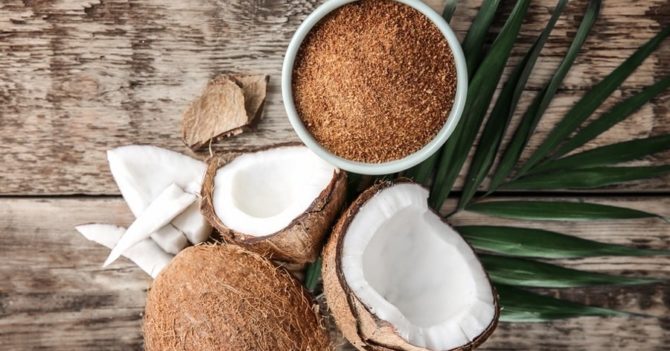
The coconut blossom sugar originates from the blossoms of the coconut palm: they are cut open and the nectar that flows out is caught in a bowl. A palm tree can release up to two liters of nectar a day – that’s enough for a 500 gram pack of coconut blossom sugar. The nectar is then boiled down until a crumbly mass is formed. This only has to dry and can then be packed.
Almost all of the coconut blossom sugar in Germany comes from Southeast Asia. In Thailand and Indonesia in particular, the nectar is collected from the coconut palms and processed into sugar – the long transport route pollutes the environment. Since the sugar from coconut blossoms is not much healthier, we recommend a sugar substitute from the region – for example regional organic honey or organic sugar beet.

